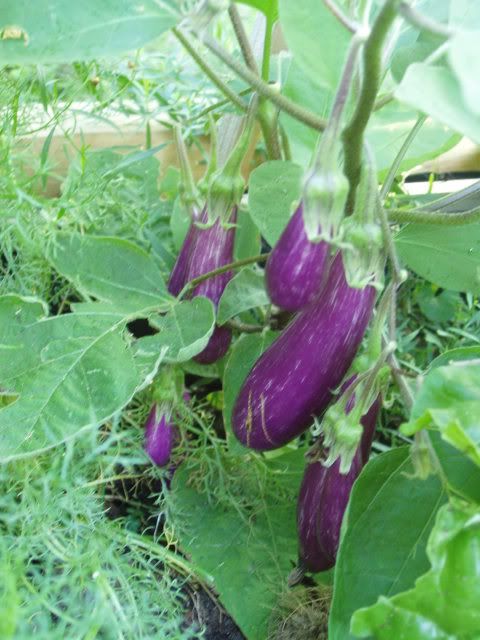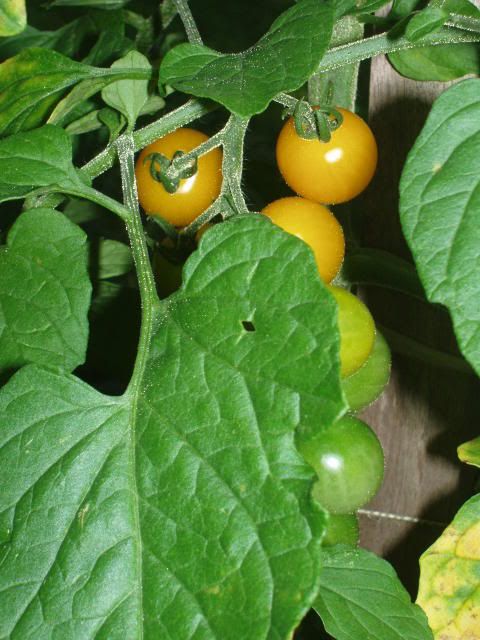 This problem has plagued gardeners for time immemorial: the feast and famine of favored vegetables. A month ago, I was begging for ripe tomatoes, now I have more than I know what to do with. In another month, I'll be wishing for them again. Such is life. So what do you do when you have too much of a good thing? While I highly recommend veggie art like I've made here, there are a few good recipes for this point in the season to utilize your top ingredients quickly. One of my favorites is one we call midsummer's pasta. Its quality is really reflected in the ingredients, so if you are forced to use store-bought tomatoes, non-fresh mozzarella, low quality olive oil, or wilted, week-old store basil, don't even bother.
This problem has plagued gardeners for time immemorial: the feast and famine of favored vegetables. A month ago, I was begging for ripe tomatoes, now I have more than I know what to do with. In another month, I'll be wishing for them again. Such is life. So what do you do when you have too much of a good thing? While I highly recommend veggie art like I've made here, there are a few good recipes for this point in the season to utilize your top ingredients quickly. One of my favorites is one we call midsummer's pasta. Its quality is really reflected in the ingredients, so if you are forced to use store-bought tomatoes, non-fresh mozzarella, low quality olive oil, or wilted, week-old store basil, don't even bother.Midsummer's Pasta (serves 3-4)
1/2 lb fresh mozzarella, diced
4 medium garden tomatoes, diced (I like red, purple and pink ones for this, but yellow/gold might be good)
1 clove garlic, crushed
1/2 cup good extra-virgin olive oil
1/2 cup coarsely chopped fresh garden basil
2 tsp Kosher salt
Fresh ground pepper
1/4 tsp red pepper flakes
3/4 lb dry linguine
Add cheese, tomato, garlic, oil, basil and salt to a mixing bowl and season liberally with the pepper. Mix it together, making sure to coat everything in the oil. Let sit at room temperature for a half hour.
While you're waiting, cook the pasta according to package directions in a pot of salted water until al dente. Drain, and return it to the pot.
Fold the tomato mixture into the pasta while the pasta's still warm, mixing well. Serve warm or at room temperature, depending on your taste.
This is refreshing on a hot summer night with a good pinot grigio.











